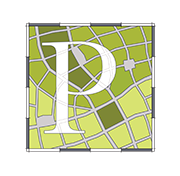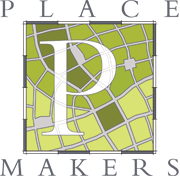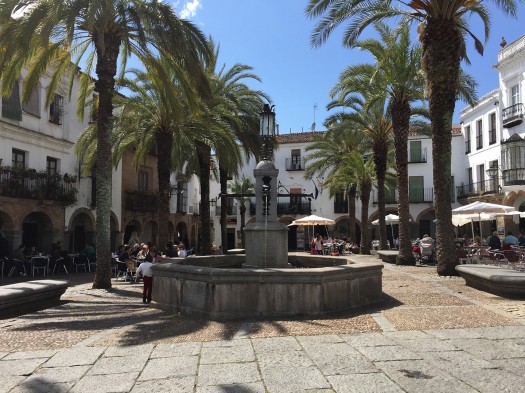Posts Tagged ‘Berlin’
The Plaza: What is required for a community living room?
Recent trips to Spain and Germany have me appreciating the nuances of three plazas I had the pleasure of experiencing. Each plaza was a different character and scale from the other, which if I had to sum up simply, I’d call Salamanca’s Plaza Mayor: A City Plaza, Berlin’s Gendarmenmarkt: A Civic Plaza, and Zafra’s Plaza…
Read MoreUrbanism: Nothing to Fear
When the 9/11 attacks happened, all sorts of pundits started re-questioning whether cities should be decentralized, notably including Ed Glaeser. That questioning happened again after Hurricane Katrina and the continuing hurricanes along the Gulf Coast.
Read MoreBerliner Kinder: Berlin and its playborhoods
You’ve heard my fellow Placeshaker, Scott Doyon, say Smart Growth = Smart Parenting. More than once, actually. As well as how living in a walkable neighbourhood may shape our children. I’ve also talked about how my winter city, Winnipeg, nurtures active kids, as well as put some of those ideas into a TEDxTalk. Last week,…
Read MoreLessons Learned from Berlin Shopfronts
Like many European cities, Berlin teaches us myriad lessons in building successful shopfronts. While the exclusive international shops along Kurfürstendamm and Friedrichstrasse are elegant and effective, the more creative successes are found in neighborhoods and courtyards. Kaid Benfield’s People Habitat describes in detail the reasons Hackeschen Höfe is so successful at the holistic level, and…
Read MoreMixing Light Industrial with Residential: The artisan’s delight
We’ve talked extensively here on PlaceShakers about how to integrate industrial uses into walkable neighborhoods. And the sorts of land use modifications, often via form-based codes, that are necessary to enable these uses within safe parameters. This week in Berlin, I was particularly inspired by the example set by Hackeschen Höfe, for mixing artisanal manufacturing…
Read MoreEuro-Envy Reconsidered: Talkin’ time, distance and change
When my wife and I headed to Europe for our first two-week vacation in 15 years, I don’t think I realized how grouchy I was getting about change adaptation in the US. So much political paralysis. So little leadership. No sense of urgency on issues of huge importance. It was way past time for a…
Read MoreBerlin’s Cultural Clusters
Continuing my summer series on lessons learned from great cities, a recent trip to Berlin shone a light on the city’s three great cultural clusters, and what makes them sing. Or in one case, solitary. Of course inseparable from this conversation is the effectiveness of public space and what happens when the public takes ownership…
Read More

